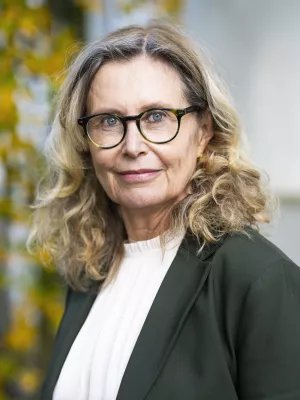
Karin Aggestam
Professor | CMES Director | MECW Scientific Coordinator

The Nile and the Grand Ethiopian Renaissance Dam: Is There a Meeting Point between Nationalism and Hydrosolidarity?
Author
Summary, in English
Department/s
- MECW: The Middle East in the Contemporary World
- Centre for Advanced Middle Eastern Studies (CMES)
- Middle Eastern Studies
- Human Rights Studies
- Division of Water Resources Engineering
- LTH Profile Area: Water
- Division of Occupational and Environmental Medicine, Lund University
- Dept of Physical Geography and Ecosystem Science
- Centre for Geographical Information Systems (GIS Centre)
Publishing year
2015
Language
English
Pages
73-82
Publication/Series
Journal of Contemporary Water Research and Education
Volume
155
Issue
1
Links
Document type
Journal article
Publisher
John Wiley & Sons Inc.
Topic
- Other Social Sciences
Keywords
- Nile
- Egypt
- Hidase
- Ethiopian Nationalism
- Conflict
- Transboundary
- Water
Status
Published
Project
- Lund Human Rights Research Hub
- Hydrosolidarity - Theme, Pufendorf IAS
- Hydrosolidarity and the Nile River Basin
ISBN/ISSN/Other
- ISSN: 1936-704X

